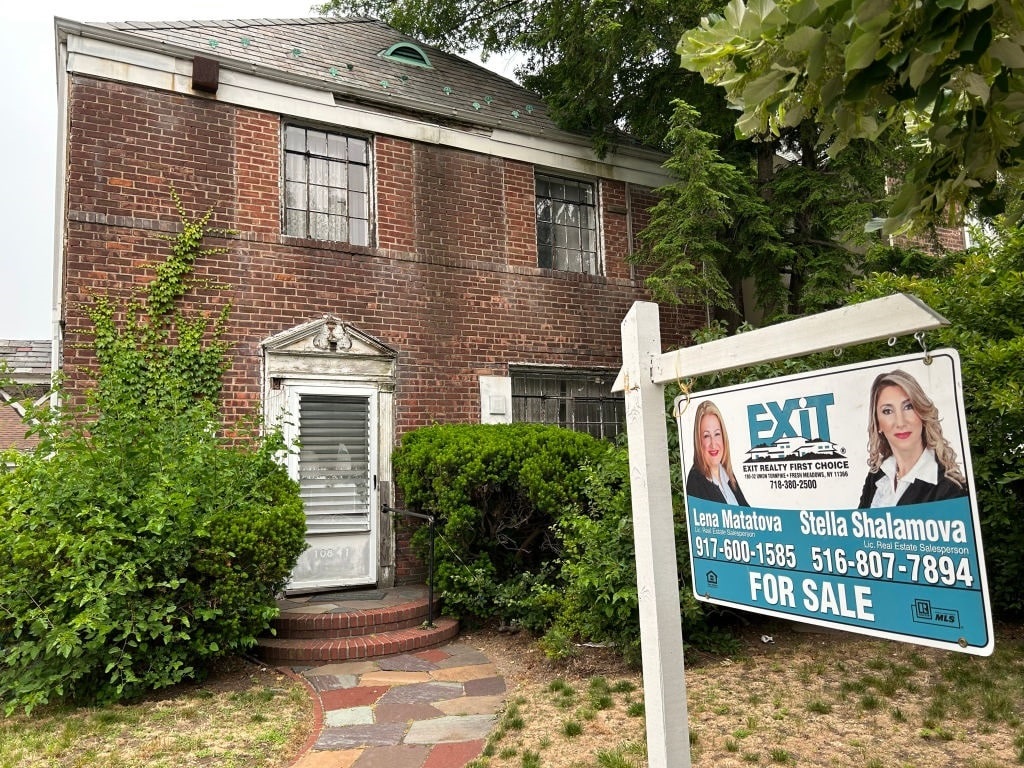Who can afford to purchase a residential property in today’s real estate market? Home prices are up substantially from the beginning of the coronavirus pandemic, mortgage rates are the highest they have been in about two decades, and new housing construction activity has still not recovered from where it was before the 2006 subprime meltdown. Suffice it to say, America is facing a crippling housing crisis, and it is unclear when things will improve.
The Housing Crisis Dollars and Cents
According to the US Department of Housing and Urban Development, the median sales price for houses sold in the second quarter of 2023 was $416,100. This is slightly down from last year’s all-time high of $480,000. However, home prices have skyrocketed 30% since the early days of the coronavirus pandemic.
Financing the largest purchasing decision of your lifetime has also become a nearly impossible challenge. New data from Freddie Mac shows that the 30-year fixed-rate mortgage averaged 7.09% for the week ending August 17, the highest since April 2002. A separate measurement from the Mortgage Bankers Association shows a 22-year-high figure of 7.16%. At the same time a year ago, the 30-year fixed-rate mortgage was 5.13%. With the ten-year Treasury yield recently surging to a 16-year high, and the Federal Reserve hinting at more tightening due to “significant upside risks to inflation,” mortgage rates may have more room for growth heading into the 2024 real estate market.
A homeowner with a $416,100 property, a 20% down payment, and a 7.09% 30-year mortgage will be spending $2,235 a month. By comparison, in December 2019, a homeowner with a $327,100 home (average price), a 20% down payment, and a 3.78% rate spent $1,216 per month. So, in order to afford a home in today’s real estate market, buyers will need a household income of around $115,000 – the median income was a little more than $56,000 last year.
Supply is the Challenge
One of the chief problems in today’s housing crisis is the supply-and-demand imbalance. Homeowners are not listing their units, and the country is not building enough homes. Along with rising interest rates, the paucity of stocks is dissuading people from dipping their toes in real estate as existing home sales have tumbled in four of the first six months.

(Photo by: Lindsey Nicholson/UCG/Universal Images Group via Getty Images)
In the first half of 2023, only 1% of all US homes exchanged hands, the lowest percentage in a decade, according to Redfin. From January to June, about 14 out of every 1,000 existing properties were transacted, down from 19 in the same span of 2019. Put simply, inventories are low, there are fewer for-sale signs on the market, and mortgage rates are sky-high. Indeed, if families purchased a home at rock-bottom rates, why would they double or even triple their monthly mortgage payments?
“The quick increase in mortgage rates created an uphill battle for many Americans who want to buy a home by locking up inventory and making the homes that do hit the market too expensive. The typical home is selling for about 40% more than before the pandemic,” said Redfin Deputy Chief Economist Taylor Marr in a statement.
Housing starts have trended downward since their post-pandemic peak and have remained well below their 2006 levels. Moreover, a June 2023 study by the National Association of Realtors found that the United States is short more than 300,000 homes in price ranges that middle-income households can afford to purchase. The housing shortage will most likely intensify as the population grows and prices maintain their upward trajectory.
 Marr thinks that mortgage rates edging lower to 5% would diminish the housing crisis by “freeing up some inventory and bringing monthly payments down.” But other public policy pursuits could support the public trying to achieve the American dream. “Building more housing is imperative, and federal and local governments can help by reforming zoning and making the building process easier,” he said. “Financial incentives, like reducing transfer taxes for home sellers and subsidizing major moves with tax breaks, would also add to supply.”
Marr thinks that mortgage rates edging lower to 5% would diminish the housing crisis by “freeing up some inventory and bringing monthly payments down.” But other public policy pursuits could support the public trying to achieve the American dream. “Building more housing is imperative, and federal and local governments can help by reforming zoning and making the building process easier,” he said. “Financial incentives, like reducing transfer taxes for home sellers and subsidizing major moves with tax breaks, would also add to supply.”
The Housing Recession
Lawrence Yun, NAR’s chief economist, recently said it best: “The housing recession is essentially over.” Following last year’s descent, fueled by the Federal Reserve’s tightening cycle, price growth has been revived. For homeowners, this is good news. For those forced to sit on the sidelines, this is bad news. Conditions are unlikely to change anytime soon, according to Rick Arvielo, head of mortgage firm New American Funding, who was blunt in his assessment of the housing landscape: “You’re not going to see house prices decline. There’s just not enough inventory.” Millennials and Generation Zers might be hoping for a crash a la 2006, but with fewer availabilities, any drop might turn out to be a whimper.




